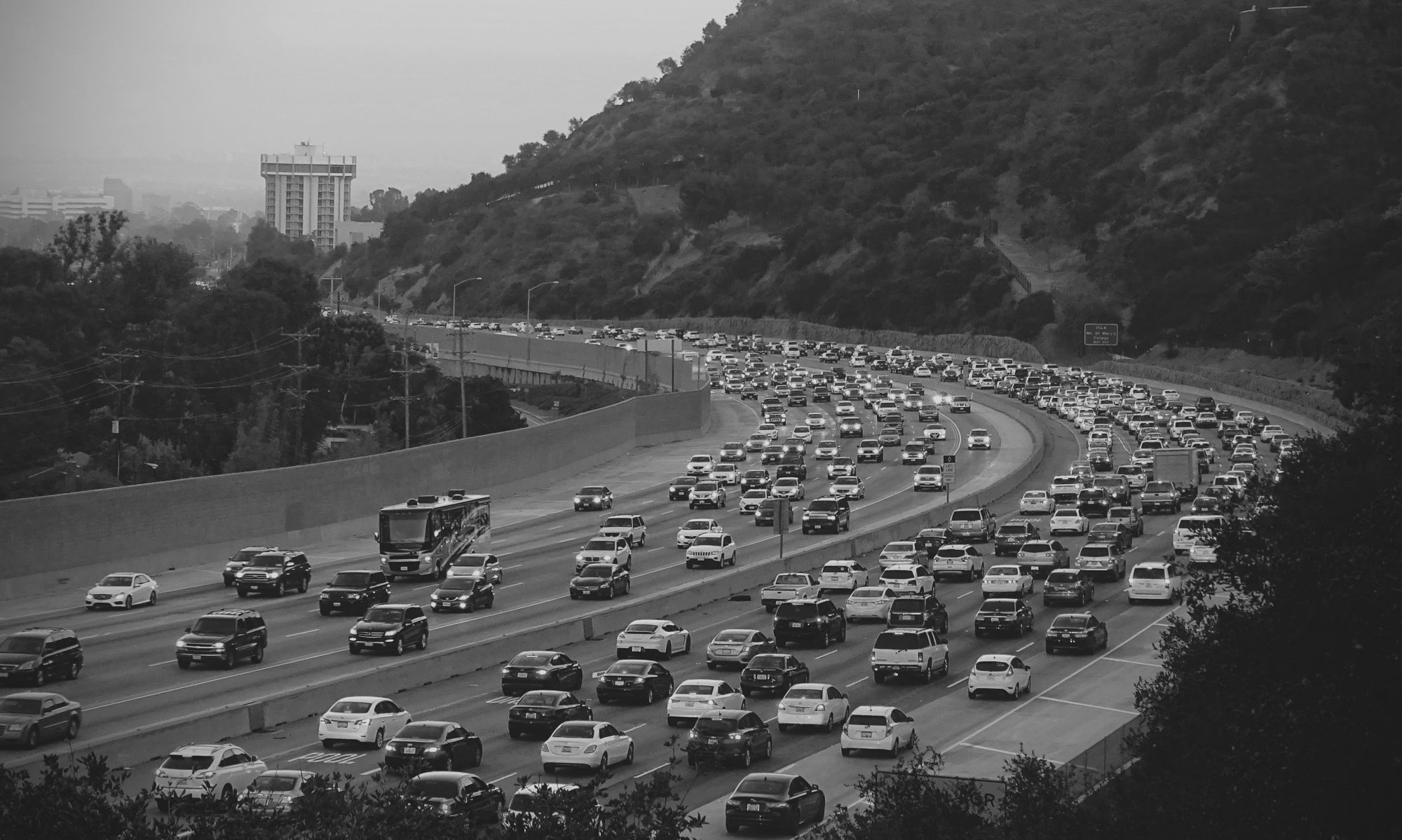When we talk about the future of transportation these days, self-driving vehicles is the first thing that comes to mind, and aerospace is no different. When the discussion starts, relative to cars, the first question is, like we’ve discussed before, the machine’s reaction to an emergency situation. The same thing happens in aerospace again.
The discussion might seem very similar, and it is, however small nuances might give some food for thought that will feed into the discussion regarding cars. There is a common idea that pilots have a lot of experience and are seen as entirely reliable and that is what keeps us safe up there, but the truth is more complex than that. Pilots are indeed very experienced and can save our lives, like Captain Chesley “Sully” Sullenberger who landed US Airways Flight 1549, an Airbus A320-214, on the Hudson River after a bird-strike as it took off from New York’s LaGuardia Airport in January 2009. On the other hand we have Germanwings Flight 4U 9525, that has crashed in the Alps in March 2015 with the human factor as a main reason.
Across innumerous articles there is a feeling that people do not trust self-driving planes but the truth is, that some of the accidents are human error. We all know that by now, most of aircraft controls are automatic40 and it is possible to do take-off and landing with no pilot interaction, however, we return to the first question: “what about in case of emergency?”. The discussion might never end, but from our perspective pilots do more than just “driving” a plane (pre-flight checks for example) so we think that the discussion with planes will take longer than cars.
We would like to go through the history of “amount of people on the cockpit”, maybe another time, but for now bear in mind that Boeing is thinking about reducing to one single pilot41 and Airbus is actually working in flying cars so like the cars42,43, this is happening.
